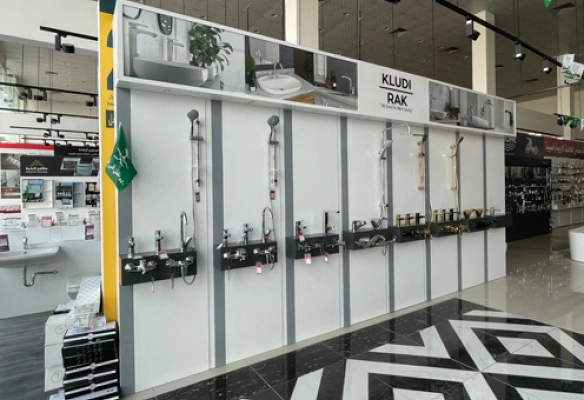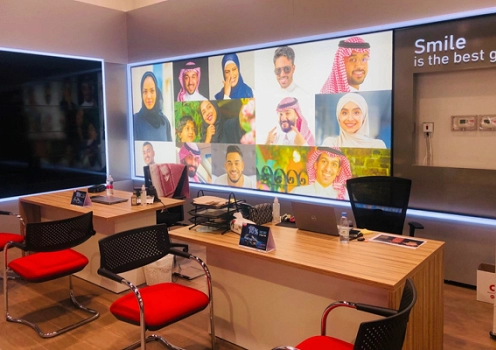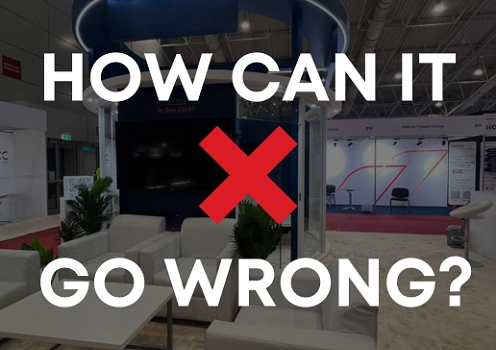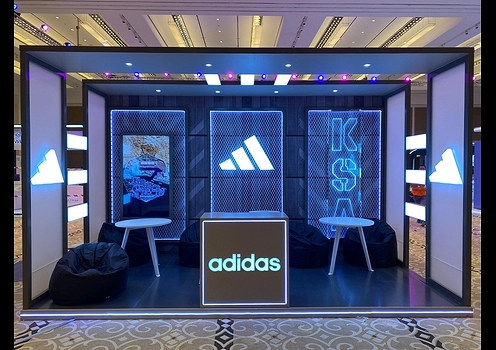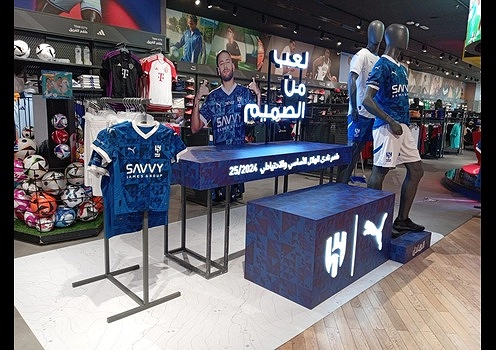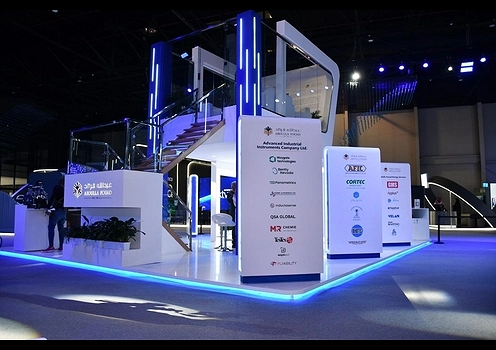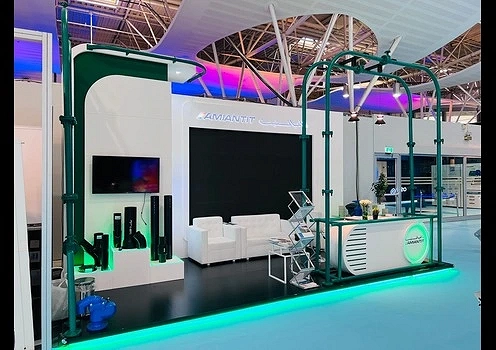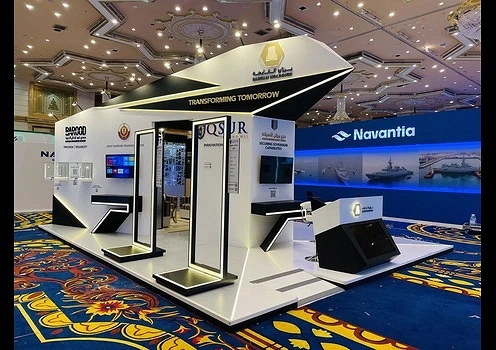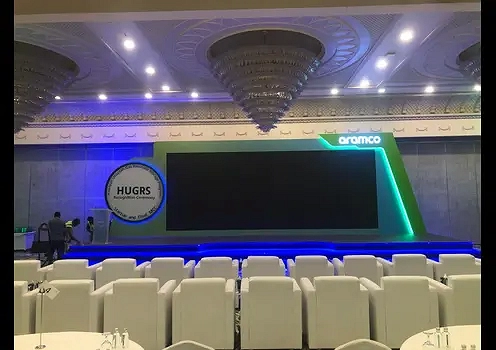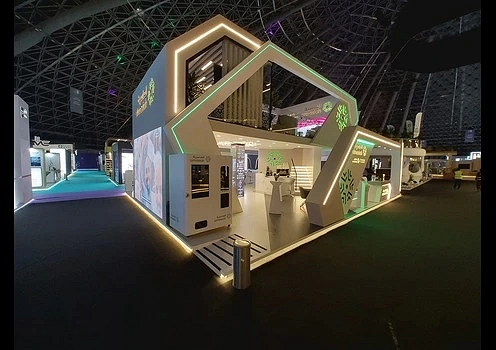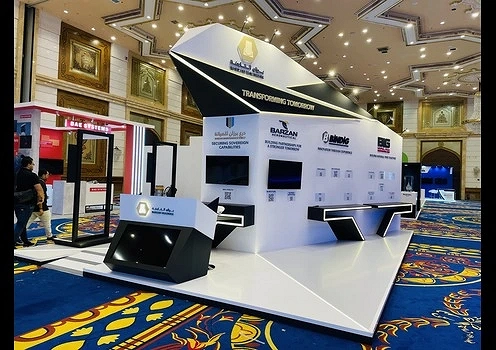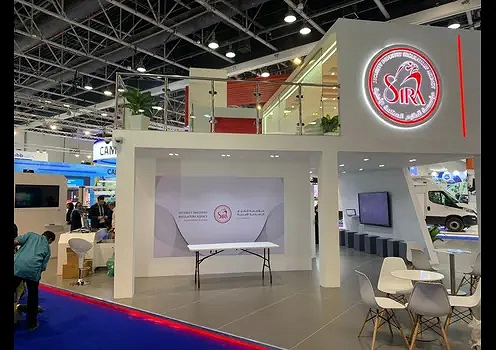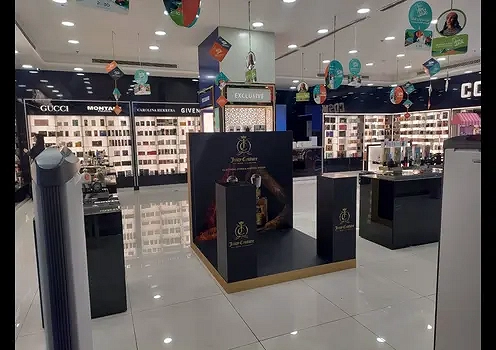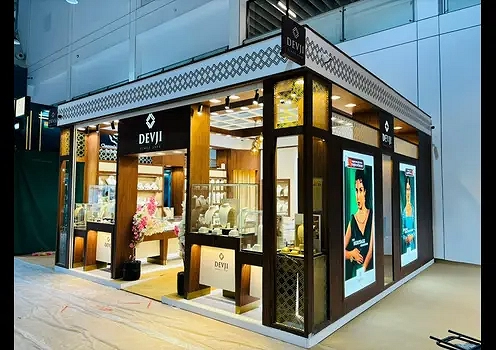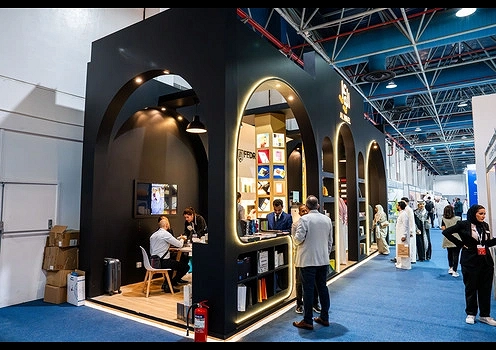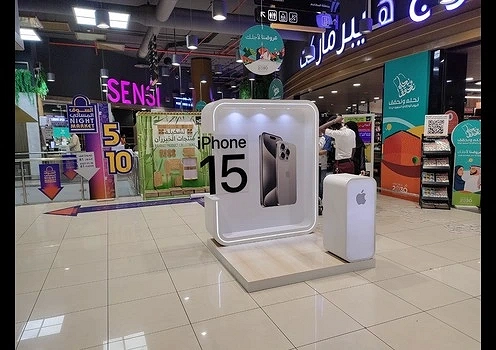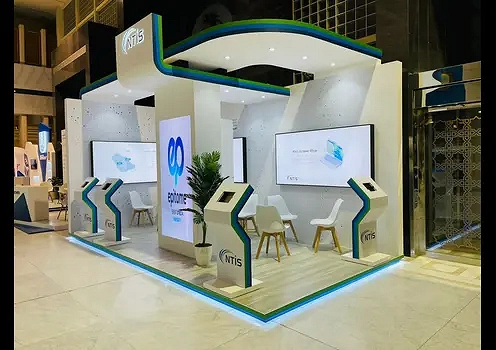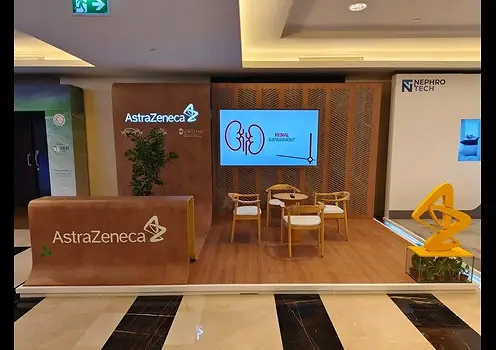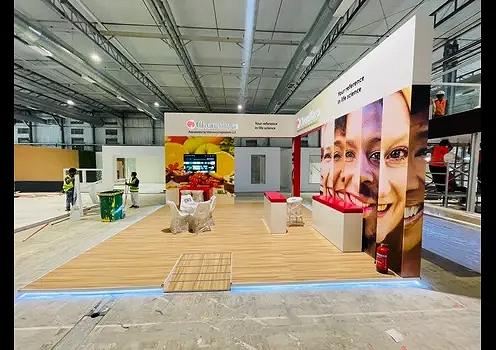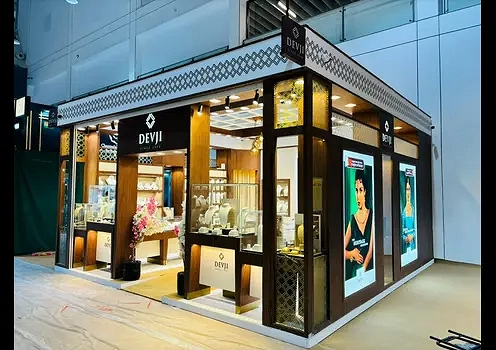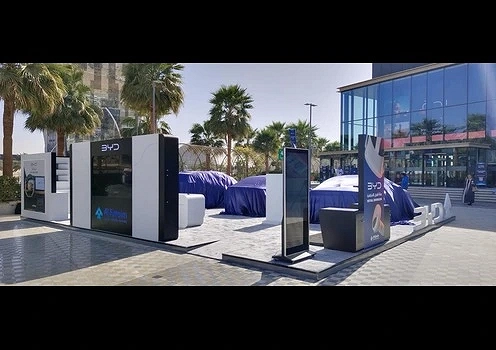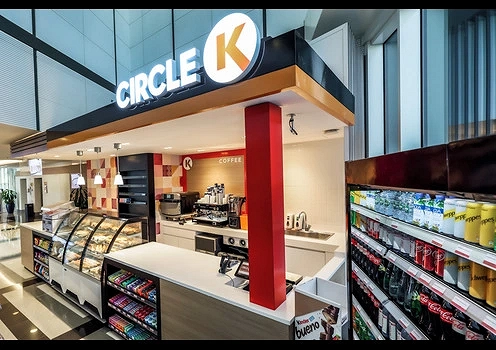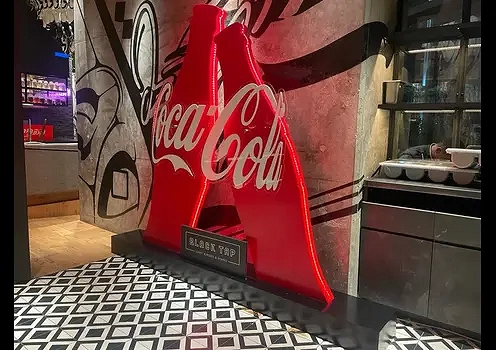In the competitive world of retail, your storefront window serves as a powerful tool to attract potential customers and entice them into your store. An effective window display can make a significant difference in foot traffic and sales. Here are some key techniques to maximize the impact of your retail window displays:
Understand Your Target Audience
Before designing your window display, it's crucial to know who your target customers are. What are their preferences, interests, and pain points? Understanding your audience allows you to tailor your display to their tastes and needs.
Tell a Story
Every great window display tells a story. It should convey a theme or a narrative that resonates with your brand and products. Whether it's a seasonal story, a lifestyle scenario, or a product journey, a compelling narrative can capture the imagination of passersby.
Focus on Visual Hierarchy
Create a visual hierarchy in your window display. Use a combination of lighting, color, and arrangement to draw attention to specific elements or products. The most important items should be prominently featured and easily seen from a distance.
Use Lighting Strategically
Lighting plays a critical role in highlighting your products. Experiment with various lighting techniques to create the desired mood and draw attention to key elements. Well-placed spotlights, backlighting, and ambient lighting can all enhance the visual appeal of your display.
Utilize Props and Signage
Props and signage can add depth and context to your window display. Incorporate props that complement your products and help tell your story. Clear and concise signage should convey essential information, such as promotions, product features, or pricing.
Rotate Displays Regularly
Keep your window displays fresh and dynamic by rotating them regularly. Seasonal changes, holiday themes, or new product launches are excellent opportunities to update your displays. Frequent updates keep customers curious and engaged.
Create a Focal Point
Every window display should have a focal point—a central element that immediately captures attention. It could be a striking mannequin, a featured product, or a thematic centrepiece. The focal point should be the star of the display.
Incorporate Interactive Elements
Interactive elements can engage passersby and encourage them to linger. Consider incorporating touchscreens, QR codes for more information, or props that invite interaction. These elements can create a memorable experience and drive curiosity.
Highlight Seasonal and Trending Items
Stay current by showcasing seasonal or trending products in your window display. Shoppers are often looking for what's new and exciting. Highlighting these items can pique their interest and prompt them to explore further.
Keep It Clutter-Free
While creativity is essential, avoid cluttering your window display. An overcrowded display can overwhelm potential customers and make it difficult for them to focus on individual products. Keep it clean and well-organized.
Monitor and Measure
Use data and feedback to evaluate the effectiveness of your window displays. Monitor foot traffic, sales figures, and customer comments. This information can help you refine your display techniques and optimize future designs.
In conclusion, effective window displays are a vital component of successful retail marketing. They have the power to capture attention, tell a compelling story, and drive foot traffic into your store. By understanding your audience, using strategic design principles, and staying current with trends, you can maximize the impact of your window displays and create a lasting impression on potential customers.


